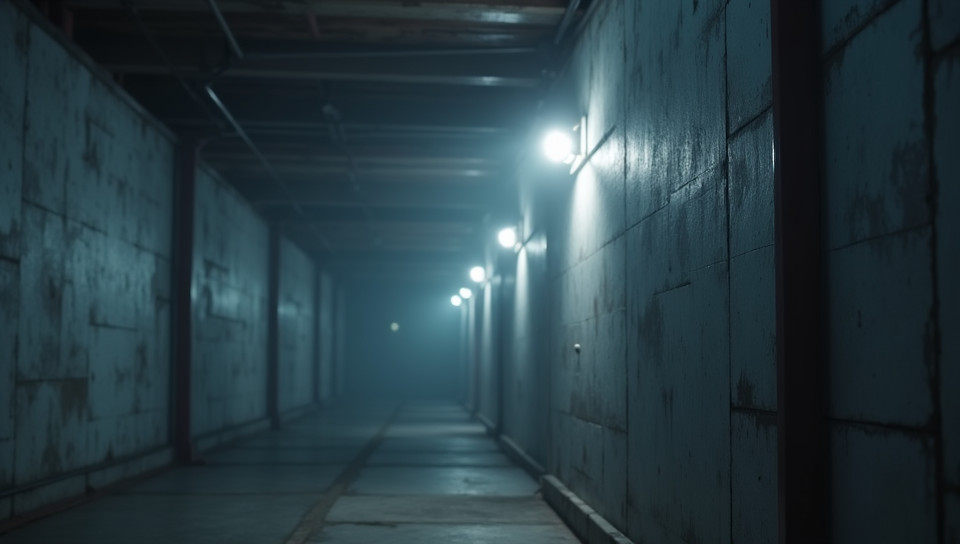Occupancy sensors trigger lighting to desired brightness levels 78%

Smart Lighting Made Easy: How Occupancy Sensors Revolutionize Brightness Levels
Imagine walking into a dimly lit room, and suddenly the lights adjust to your preferred brightness level. Sounds futuristic, right? Well, it's not just science fiction anymore. With occupancy sensors triggering lighting to desired brightness levels, smart homes are becoming a reality.
The Benefits of Occupancy Sensors
Occupancy sensors have been around for a while, but their integration with smart lighting systems has taken them to the next level. Here are some benefits you can expect:
- Energy efficiency: By turning off lights when no one is in the room, occupancy sensors help reduce energy consumption and lower your electricity bills.
- Convenience: No more fumbling for light switches or adjusting brightness levels manually. Occupancy sensors take care of it all automatically.
- Improved safety: With motion-sensing lights, you'll never have to worry about tripping over a dark path or stumbling upon a dark room.
How Occupancy Sensors Work
Occupancy sensors use various technologies to detect movement and adjust lighting accordingly. Here's how they work:
- Passive Infrared (PIR) Sensors: These sensors detect infrared radiation emitted by warm-blooded creatures, making them ideal for detecting human presence.
- Ultrasonic Sensors: These sensors send out high-frequency sound waves and measure the time it takes for them to bounce back. This helps determine the distance of objects in the room.
- Video Motion Detection (VMD): This technology uses cameras to detect movement and adjust lighting levels.
Choosing the Right Occupancy Sensor
With so many options available, selecting the right occupancy sensor can be overwhelming. Here are some factors to consider:
- Compatibility: Ensure your occupancy sensor is compatible with your existing smart home system or lighting setup.
- Coverage area: Choose a sensor that can effectively cover the space you need it for.
- Sensitivity: Opt for a sensor that's sensitive enough to detect movement, but not so sensitive that it triggers false positives.
Conclusion
Occupancy sensors triggering lighting to desired brightness levels are no longer just a luxury; they're a necessity. With their energy-saving capabilities, convenience features, and improved safety benefits, it's time to upgrade your smart home setup. By incorporating occupancy sensors into your lighting system, you'll be one step closer to creating a futuristic living space that's tailored to your needs.
- Created by: Sofia Mendoza
- Created at: Aug. 12, 2024, 10:28 p.m.
- ID: 6912









